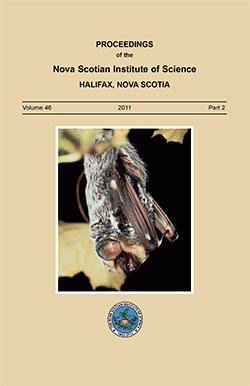THE CRYSTAL STRUCTURE AND QUANTUM MECHANICAL TREATMENT OF THE ANTI-CANCER AGENT FLAVOPIRIDOL (HYDROCHLORIDE) AND THE CHROMONE ALKALOID ROHITUKINE
DOI:
https://doi.org/10.15273/pnsis.v46i2.4060Abstract
The characterisation of the solid-state crystal structure of the hydrochloricacid salt of anti-cancer agent Flavopiridol (i.e., (–)-2-(2-chlorophenyl)-
5,7-dihydroxy-8-[(3S,4R)-3-hydroxy-1-methyl-4-piperidinyl]-4H-1-
benzopyran-4-one) is described. The title compound forms meta-stable
X-ray quality crystals by slow evaporation of solutions of the material in
aqueous methanol. The crystalline unit cell contains two organic cations,
two formal chloride counterions and two molecules of methanol, one of
which is replaced in 20% occupancy by a water molecule. The crystal
form is of space group P1 with cell parameters a = 7.2014(10) à…, b =
12.0094(9) à…, c = 12.6581(14) à…, α = 89.146(4)°, β = 89.788(6)° and γ
= 82.180(4)°. The unit cell volume is 1084.4(2)à…3. The general structural
features of individual (gas-phase) molecules of protonated Flavopiridol and
the naturally occurring 2-methyl-[4H]-chromen-4-one analogue Rohitukine
have been calculated by application of Density Functional Theory (dft)
at the b3lyp/6-31g* level of sophistication. These results are compared to
the reported solid-state data of these two biologically relevant flavanoids.


